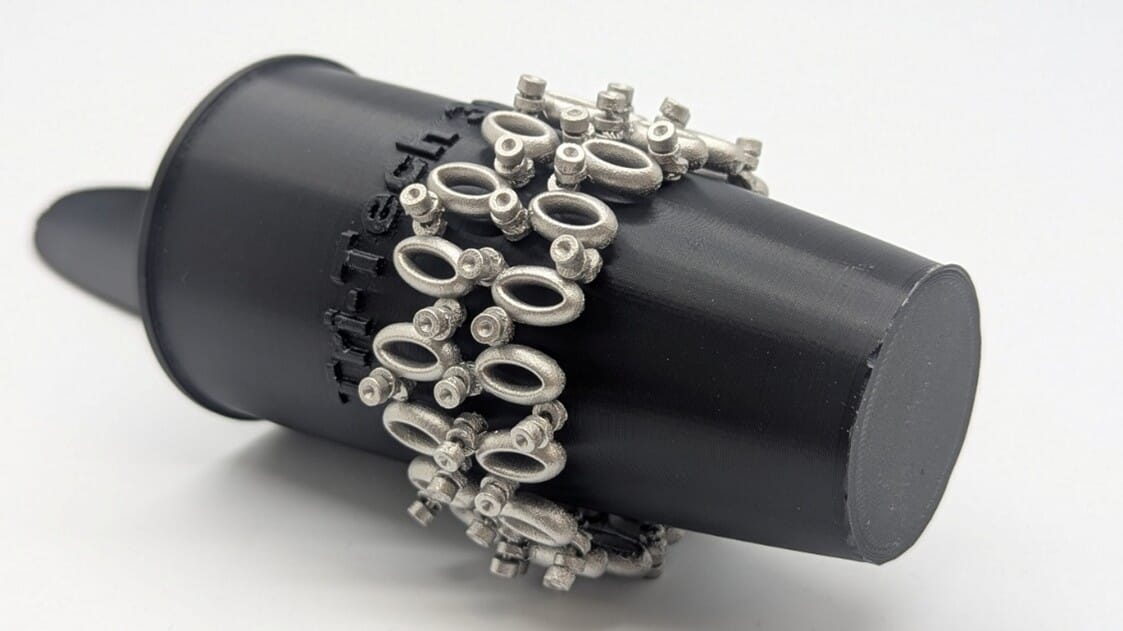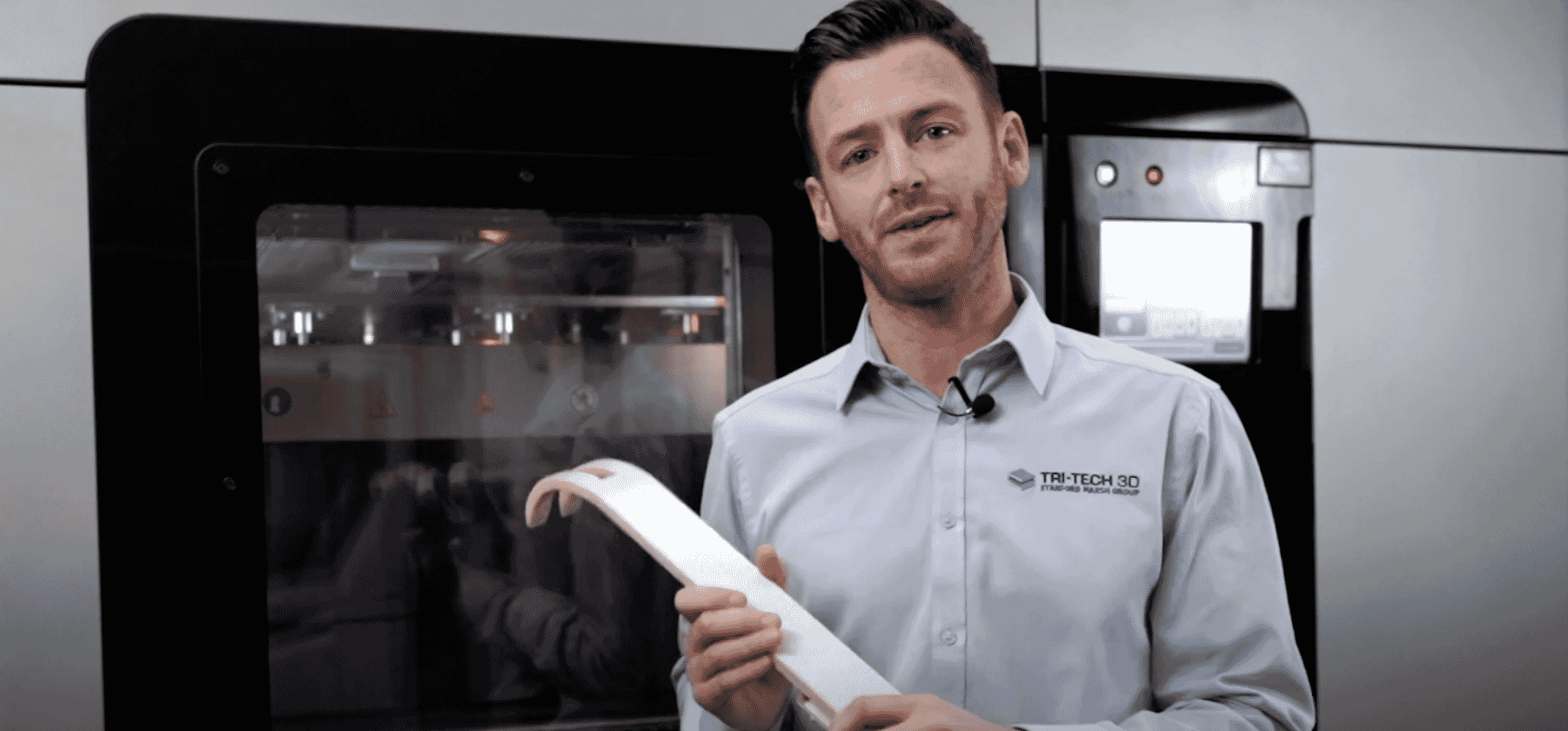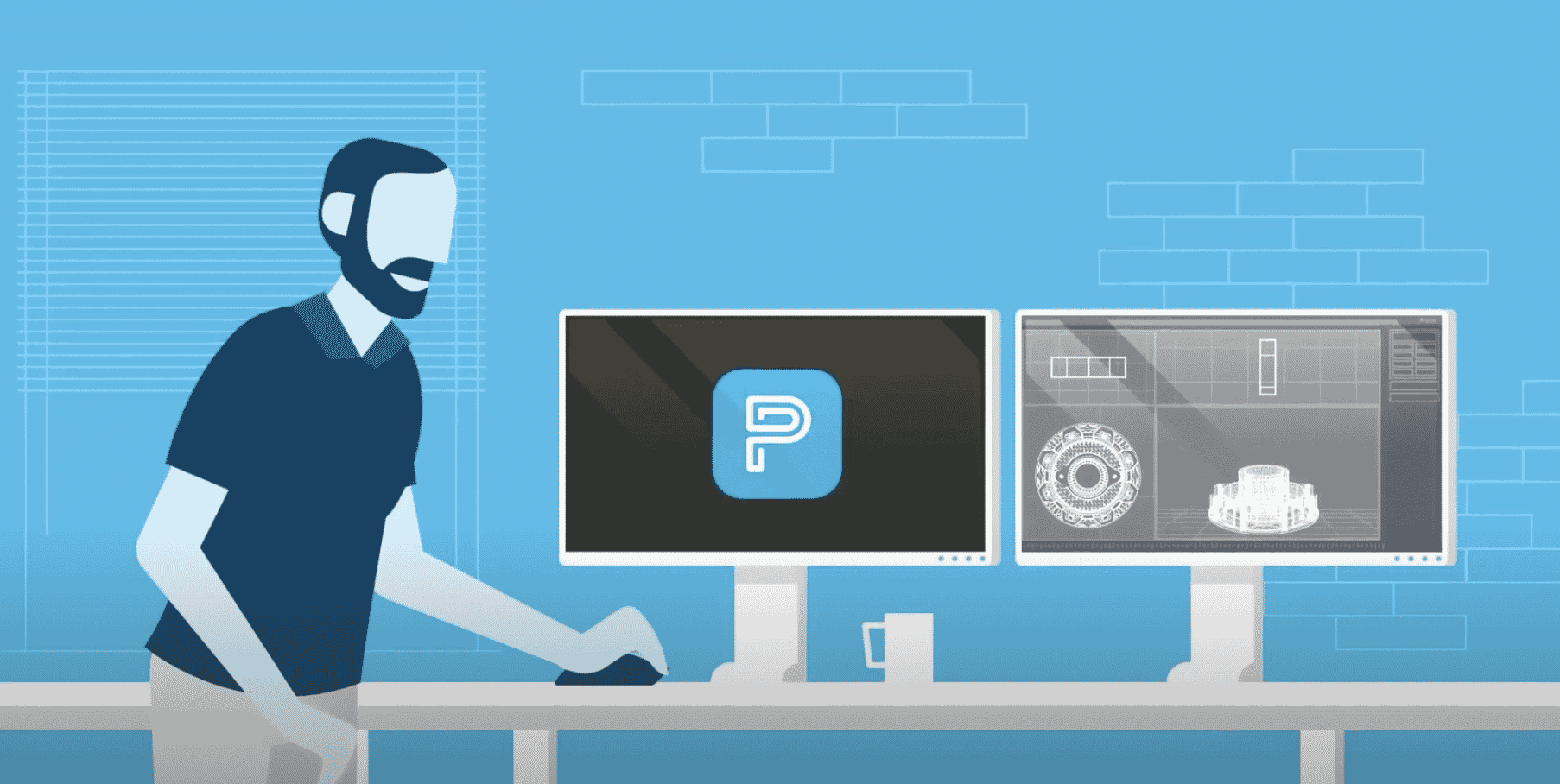3D printers & materials are at the heart of the Medical sector’s latest developments.
The modern medical sector is undergoing a revolution and much of that progress has been made possible by 3D printing. In just a few short years, healthcare professionals have seen their working practices transformed, with doctors and surgeons now able to personalise procedures with patient-specific models, better prepare for operations by recreating different tissue types and improve training by validating device performance on patient-derived 3D printed anatomical models. Stratasys medical 3D printers and materials are at the frontline of all these exciting developments, and across the comprehensive Tri-Tech 3D range, we’re confident we offer everything the industry needs to maintain its momentum.
Which Stratasys 3D printers are often used in medical?
You only need read our case studies below to recognise that medical sector requirements are as individual as the patients being attended to, making one-on-one advice from the Tri-Tech 3D team far better than a general recommendation. However, we’ve noted a number of Stratasys 3D printers that are particularly trusted by medical professionals. New standards in medical modelling are being set by the Stratasys J5 Medijet, while the J850 Digital Anatomy Printer offers unprecedented realism for medical models.
Which 3D printing materials are often used in medical?
In modern times, the vast scope of medical procedures means the sector relies on a wide-ranging choice of 3D printer materials. Perhaps you’ll choose the rigid transparency of popular glass alternative Vero Clear, or Agilus30 with its revolutionary rubber-like feel and tear resistance. We’ve seen great results from bone matrix and gel matrix, the biocompatible industrial thermoplastic PC ISO, and PPSU with its high strength and robustness in the face of heat and chemicals. Medical-grade photopolymer MED 412 is a popular choice for its stellar elongation and impact strength, while Med 610, Med625FLX and Vero Glaze MED620 are also excellent selections, depending on the application.
Which applications is 3D printing used for in the medical sector?
As medical science pushes the envelope, 3D printing is helping turn bold concepts into reality. The technology is often used for pre-clinical testing (allowing professionals to validate their device’s performance on patient-derived 3D printed anatomical models), clinical training models (which mimic specific pathologies and human tissue/bone for more realistic training) and surgical planning models (to improve clinical outcomes). 3D printing is also invaluable for implant models and surgical guides, while making medical manufacturing agile and economical.
What examples are there of Stratasys 3D printers used by the medical sector?
As an industry that directly affects us all, it’s exciting to watch first-hand as some of the medical sector’s brightest developers use 3D printing to bring their ideas off the drawing board and into patients’ lives. Cambridge-based BiologIC Technologies UK relied on the J826 3D printer to roll out its revolutionary ‘lab in a box’. And of course, the rapid production of a half-million medical swabs in a matter of weeks at the height of the Covid-19 pandemic is a success story that underlines the importance of 3D printing in a fast-moving world.

















